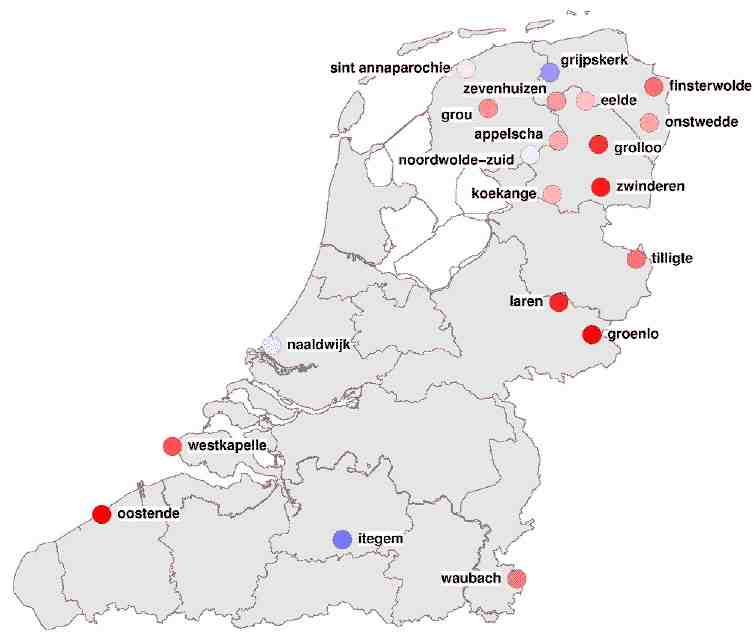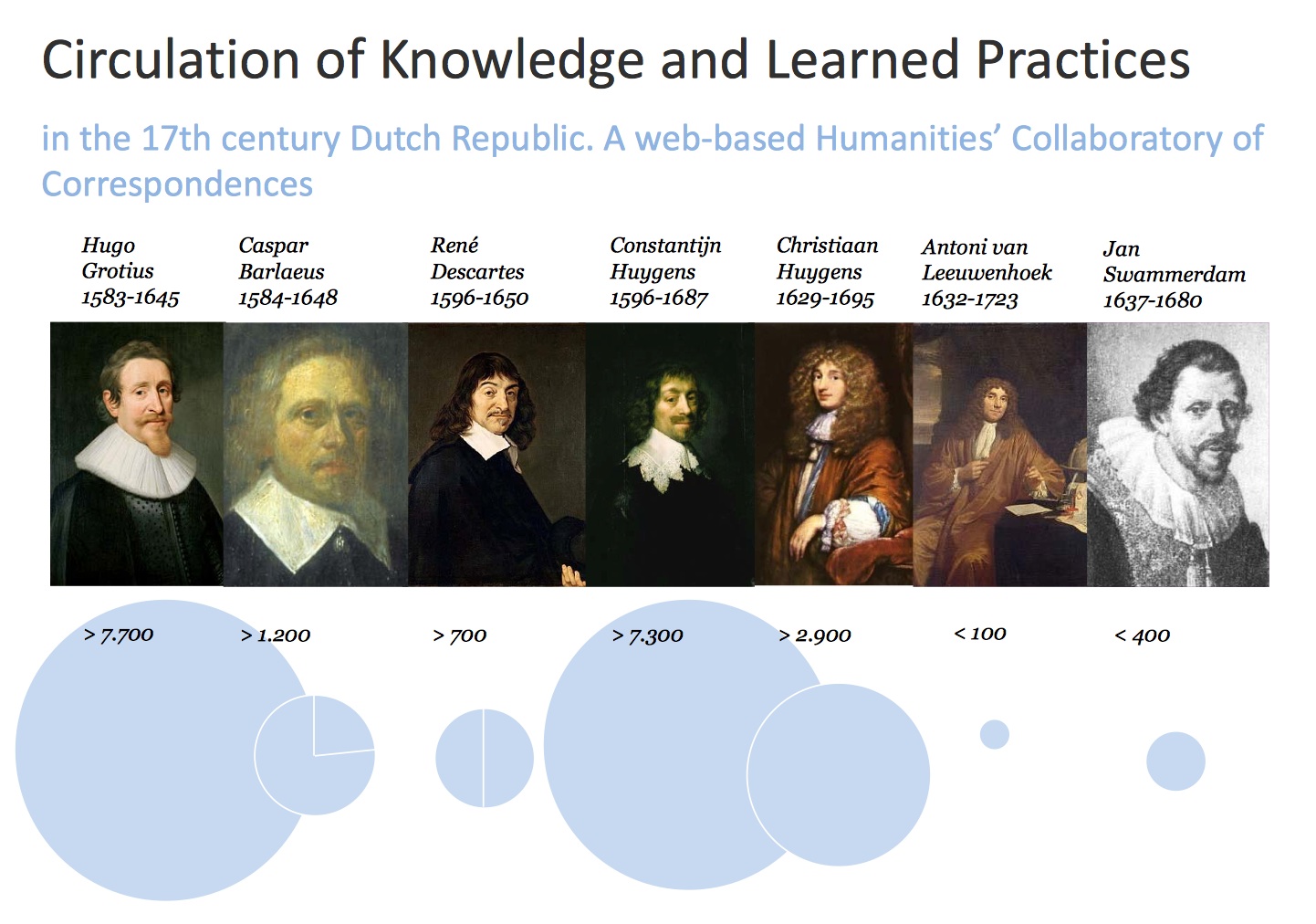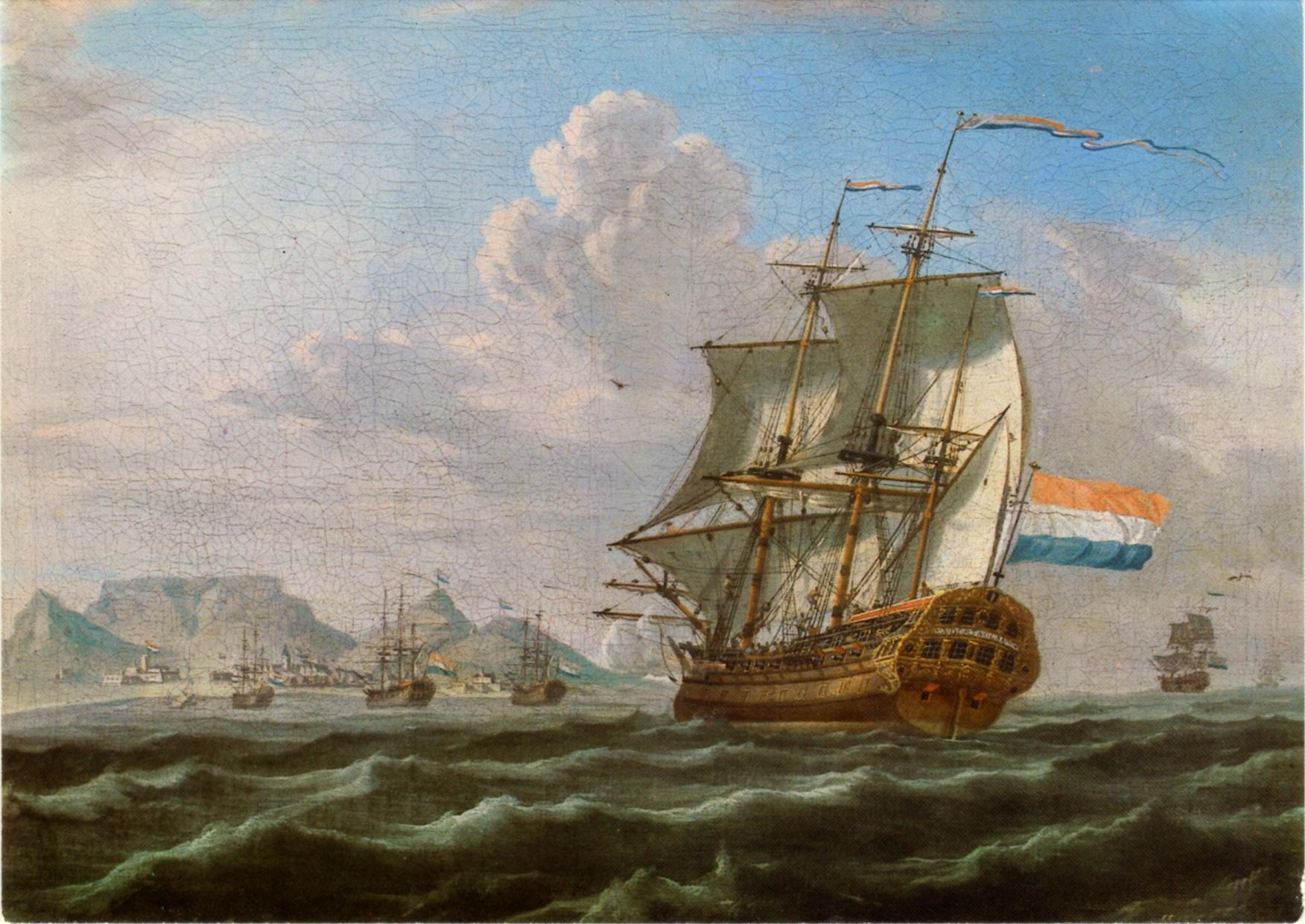
Nederlab, online laboratory for humanities research on Dutch text collections
SummaryA user-friendly and tool-enriched open access web interface that aims at containing all digitized texts relevant for the Dutch national heritage and the history of Dutch language and culture (c. 800 - present).








